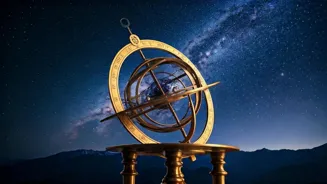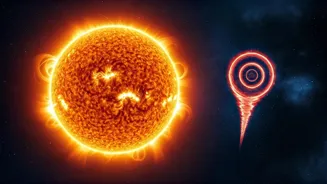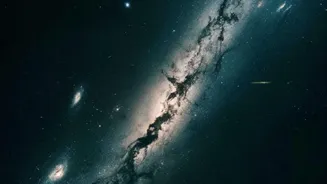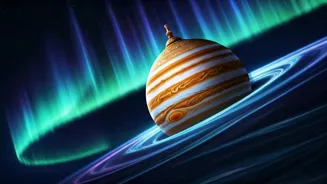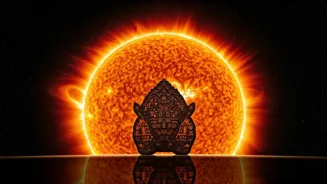Unveiling Cosmic Mysteries: How Indian Astrophysicists Shape Our Understanding of the Universe. Dive into the world of astrophysics!
From ancient times, humans have looked up at the night sky, wondering
about twinkling stars and the vast expanse beyond. What are these celestial bodies? How did everything come to be? And what shapes the universe we see today?

Astrophysics, the branch of physics that studies celestial objects and phenomena, attempts to answer these very questions. Indian astrophysicists are making significant contributions to this field, pushing the boundaries of our understanding of the cosmos.
Astrophysics studies cosmic events shaping the universe
One of the most important aspects of astrophysics is understanding the role of cosmic events in shaping the universe. These events, ranging from the everyday occurrences on our own Sun to the catastrophic deaths of massive stars, have a profound impact on the cosmos.
Studying these events helps scientists understand the origin, evolution, and ultimate fate of the universe. The sheer size and scale of the universe also present unique challenges in observing these phenomena; However, Technological advancements provide us valuable data.
The Big Bang theory explains universe origin, expansion, and cosmic background radiation
The Big Bang theory is the most widely accepted model for the origin of the universe. According to this theory, the universe began as an extremely hot and dense point roughly 13.8 billion years ago. In this early stage, the universe underwent a period of rapid expansion called inflation.
As the universe expanded and cooled, subatomic particles began to form, which eventually combined to form atoms, primarily hydrogen and helium. Over time, gravity caused these atoms to clump together, forming the first stars and galaxies.
The study of the cosmic microwave background radiation, which is the afterglow of the Big Bang, provides crucial evidence supporting this theory. Indian scientists are actively involved in analyzing this radiation to learn more about the early universe, its composition, and its evolution.
The ongoing observations contribute to refine our knowledge of initial conditions.
Stars form galaxies, evolve, create elements through fusion, vary in lifespans, end in supernovae
Stars are the fundamental building blocks of galaxies, and their formation and evolution play a crucial role in the universe. Stars are born within vast clouds of gas and dust called nebulae. Gravity causes these clouds to collapse.
As the cloud collapses, it heats up, eventually reaching a temperature high enough to ignite nuclear fusion in its core. Nuclear fusion is the process by which lighter elements fuse to form heavier elements, releasing vast amounts of energy that make the star shine.
A star's life cycle depends on its mass. Smaller stars, like our Sun, live for billions of years, eventually becoming red giants before collapsing into white dwarfs. Massive stars, on the other hand, have much shorter lives, ending their lives in spectacular supernova explosions.
Supernovae are important because they scatter heavy elements, forged in the stars core, out into space. The impact involves using cutting-edge observatories.
Supernovae create diversity in universe, trigger star formation
Supernovae are among the most energetic events in the universe. They occur when massive stars reach the end of their lives and collapse under their own gravity. These explosions release tremendous amounts of energy and heavy elements into space.
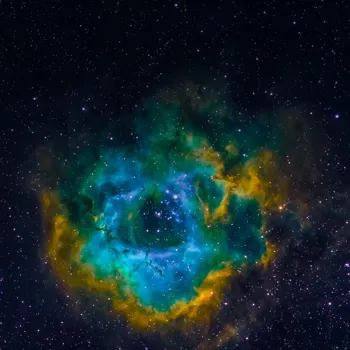
These heavy elements become the building blocks for new stars and planets. Without supernovae, the universe would be a much less diverse place. Supernova remnants, the expanding clouds of gas and dust left behind after a supernova, can trigger the formation of new stars.
The shockwaves from the explosion compresses the surrounding interstellar medium. This can cause the collapse of gas and dust clouds.
Indian astrophysicists study supernovae and their remnants to better understand the processes of nucleosynthesis, the formation of elements within stars, and the distribution of elements throughout the universe.
Black holes influence galaxy evolution through strong gravity and energy jets
Black holes are regions of spacetime with such strong gravity that nothing, not even light, can escape from them. They form when massive stars collapse at the end of their lives or when matter is compressed into an extremely small space. Black holes play a crucial role in the evolution of galaxies.
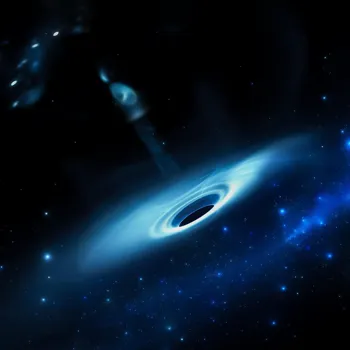
Supermassive black holes, with masses millions or billions of times that of the Sun, reside at the centers of most galaxies. These black holes can influence the orbits of stars and gas in the galaxy, and they can also launch powerful jets of energy that can heat and ionize the surrounding gas.
The interaction between black holes and their host galaxies is a complex process that is still not fully understood. Indian astrophysicists are using simulations and observations to study the dynamics of black holes and their impact on galaxy formation.
The impact contributes to enhanced efficiency and analysis.
Merging cosmic bodies create gravitational waves, aiding cosmic study
Another important cosmic event is the merger of black holes or neutron stars. These mergers generate gravitational waves, ripples in spacetime that propagate outwards at the speed of light. The detection of gravitational waves has opened a new window into the universe.
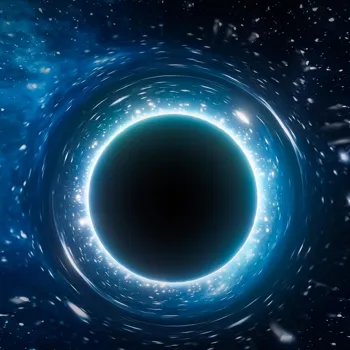
It allows us to study cosmic events that are invisible to traditional telescopes. Indian scientists are part of the international collaborations that operate gravitational wave detectors and analyze the data. The impact involves providing new insights into the lives and deaths.
The study of gravitational waves has confirmed several predictions of Einstein's theory of general relativity. This has also provided new information about the properties of black holes and neutron stars. These are important due to how it has impacted a wide range of people.
Indian astrophysicists shaping understanding of universe with impactful discoveries
Astrophysics is a rapidly evolving field. New discoveries are being made all the time. As technology advances, we are able to probe deeper into the universe and learn more about the cosmic events that shape it. Indian astrophysicists are playing a vital role in this exciting journey of discovery.
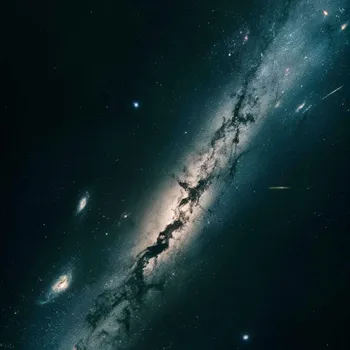
Their contributions are helping us to understand our place in the universe. The impact these scientists have contribute to enriching our understanding. Through the years the scientists have provided information that has changed mankind for the better.
They have shown time and again that information can contribute to the society.
AI Generated Content. Glance/InMobi shall have no liability for the content
